Jerk Seasoning Mix: A Fiery Flavor Fiesta for Your Kitchen!
Table of Contents
- Introduction to Jerk Seasoning Mix
- Origins & Cultural Roots
- The Flavor Profile of Jerk Seasoning
- How to Use Jerk Seasoning Mix in Everyday Cooking
- DIY: Make Your Own Jerk Seasoning at Home
- Buying Guide: Choosing the Best Jerk Seasoning Mix
- Spice Comparison Chart
- Conclusion
Introduction to Jerk Seasoning Mix
If you’re looking to ignite your taste buds and give your dishes a serious flavor boost, it’s time to meet jerk seasoning mix. This bold, smoky, and slightly spicy blend is more than just a spice — it's a Caribbean legacy packed into a shaker.
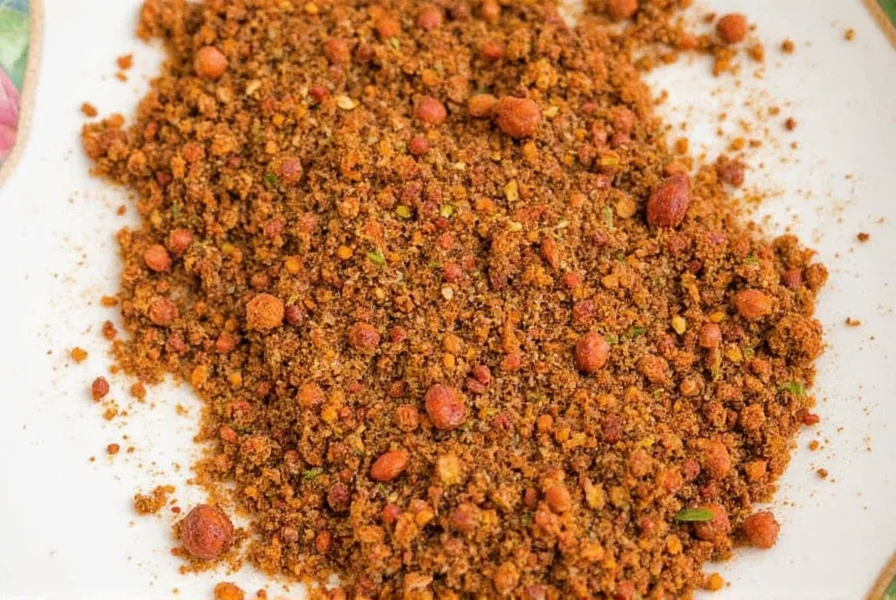
From grilled chicken to roasted veggies, jerk seasoning adds a unique kick that can turn even the most basic dish into something unforgettable. Whether you're an amateur cook or a seasoned chef, this guide will walk you through everything you need to know about this fiery fusion of flavors.
Origins & Cultural Roots
Jerk seasoning comes from Jamaica, where indigenous Taino people first developed the technique of marinating meat and slow-cooking it over pimento wood fires. Over time, African slaves brought by European colonizers adopted and adapted the method, infusing it with their own culinary traditions.
The word 'jerk' likely refers both to the cooking style and the spiced marinade itself. Today, jerk seasoning is not only a staple of Jamaican cuisine but also a global sensation found in kitchens from New York to Tokyo.

The Flavor Profile of Jerk Seasoning
Jerk seasoning is known for its complex balance of heat, earthiness, sweetness, and smokiness. Here’s a breakdown of the key players:
- Scotch Bonnet Peppers: The source of authentic jerk heat — fruity, intense, and deeply flavorful.
- Allspice (Pimento): Often called the 'king' of jerk spices. It brings warmth, clove-like notes, and depth.
- Thyme: Adds aromatic herbaceousness that balances out the richness of meats.
- Garlic & Onion: For savory umami and aroma.
- Ginger: Adds zesty warmth and a subtle bite.
- Cinnamon & Nutmeg: These warm spices add a hint of sweetness and complexity.
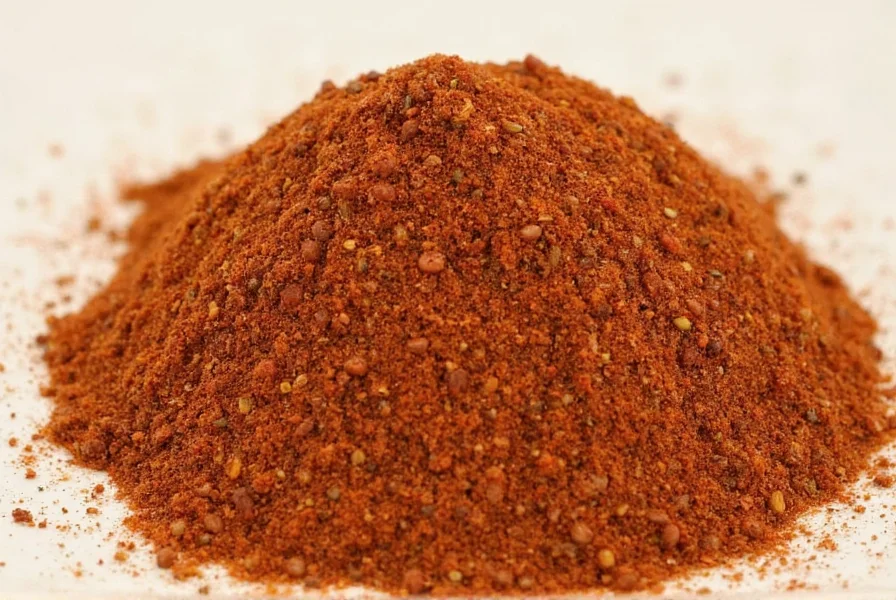
How to Use Jerk Seasoning Mix in Everyday Cooking
You don’t have to be grilling outdoors to enjoy jerk seasoning. Here are some creative ways to use it:
- Grilled Meats: Classic jerk chicken is a must-try. But why stop there? Try it on pork chops or shrimp skewers.
- Rub for Roasted Vegetables: Sprinkle over cauliflower, carrots, or sweet potatoes before roasting for a smoky-sweet twist.
- Marinade Magic: Mix with oil, vinegar, or citrus juice for a quick and powerful marinade.
- In Soups & Stews: Add a pinch to black bean soup or lentil stew for a surprise kick.
- Season Popcorn: Yes! Combine with melted butter and lime for a spicy movie-night treat.
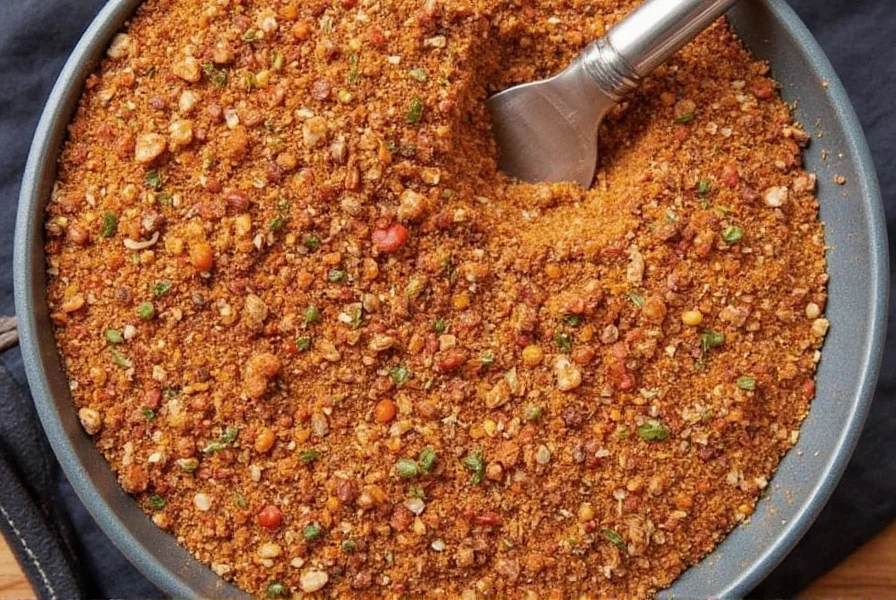
DIY: Make Your Own Jerk Seasoning at Home
Making your own jerk seasoning allows you to tweak the heat level and tailor the flavor to your palate. Here's a simple recipe:
Homemade Jerk Seasoning Recipe
- 1 tbsp ground allspice
- 1 tbsp thyme (dried)
- 1 tbsp garlic powder
- 1 tbsp onion powder
- 1 tsp ginger powder
- 1 tsp cinnamon
- 1/2 tsp nutmeg
- 1 tsp black pepper
- 1–2 tsp crushed Scotch Bonnet (or substitute with cayenne)
Mix all ingredients in a bowl. Store in an airtight container away from light and moisture. Shelf life: up to 6 months.
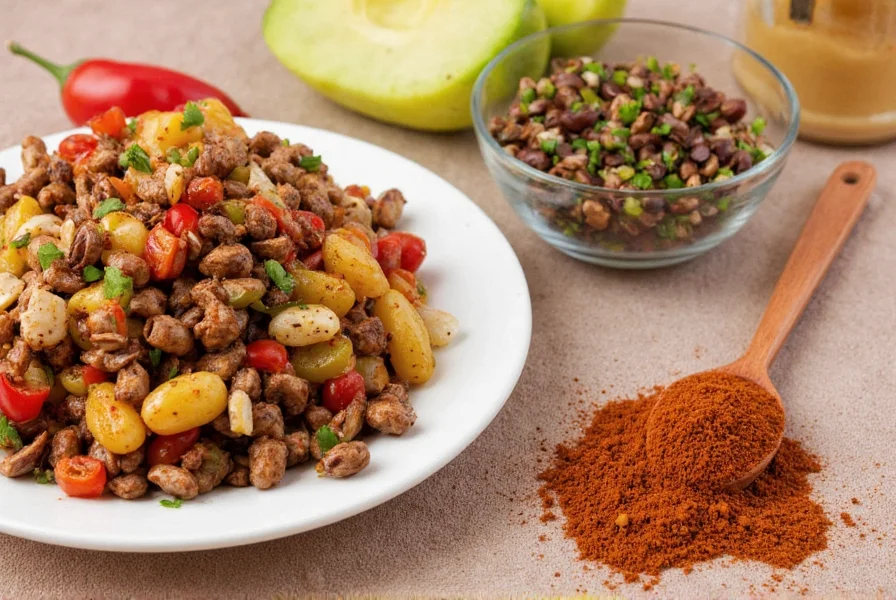
Buying Guide: Choosing the Best Jerk Seasoning Mix
If you prefer convenience over DIY, the market is full of great jerk seasoning mixes. When shopping, here’s what to look for:
- Authentic Ingredients: Check for real allspice, thyme, and minimal fillers.
- Heat Level: Some mixes are mild, others fire-hot. Read labels carefully or try sample sizes first.
- Salt Content: Look for low-sodium options if you're health-conscious or plan to salt separately during cooking.
- Organic & Natural: If possible, go for organic, non-GMO, and preservative-free blends.
- Versatility: Some mixes work better in marinades, others as dry rubs. Know your intended use.
Top 5 Recommended Jerk Seasoning Mixes
| Brand | Key Features | Best For | Flavor Notes | Recommended Uses |
|---|---|---|---|---|
| Badia Original Jerk Seasoning | Well-balanced, easy to find | Everyday cooking | Earthy, smoky, medium heat | Chicken, fish, rice |
| Grace Jerk Seasoning | Traditional Jamaican brand | Authentic recipes | Spicy, herbal, rich | Grilled meats, stews |
| Caribbean Choice All-Natural | Organic, no additives | Health-conscious cooks | Fruity heat, deep warmth | Vegetables, tofu, soups |
| McCormick Gourmet Jerk Seasoning | Consistent quality | Beginners | Mild to medium heat | Potatoes, popcorn, tacos |
| Walkerswood Jamaican Jerk Seasoning | Used in many professional kitchens | Home grillers | Intense, smoky, bold | BBQ, burgers, kebabs |
Spice Comparison Chart
| Spice | Heat Level | Main Flavor Note | Usage in Jerk Mix | Substitution Tip |
|---|---|---|---|---|
| Allspice | Low | Warm, clove-like | Base layer of flavor | Use a mix of cinnamon + clove |
| Scotch Bonnet | High | Fruity, sharp | Primary heat source | Substitute with habanero or cayenne |
| Thyme | None | Herbal, earthy | Balances heat and spice | Oregano or rosemary (less potent) |
| Cinnamon | Low | Woody, sweet | Adds complexity | Nutmeg or allspice |
| Ginger | Low | Zesty, bright | Enhances aroma | Turmeric or lemongrass paste |
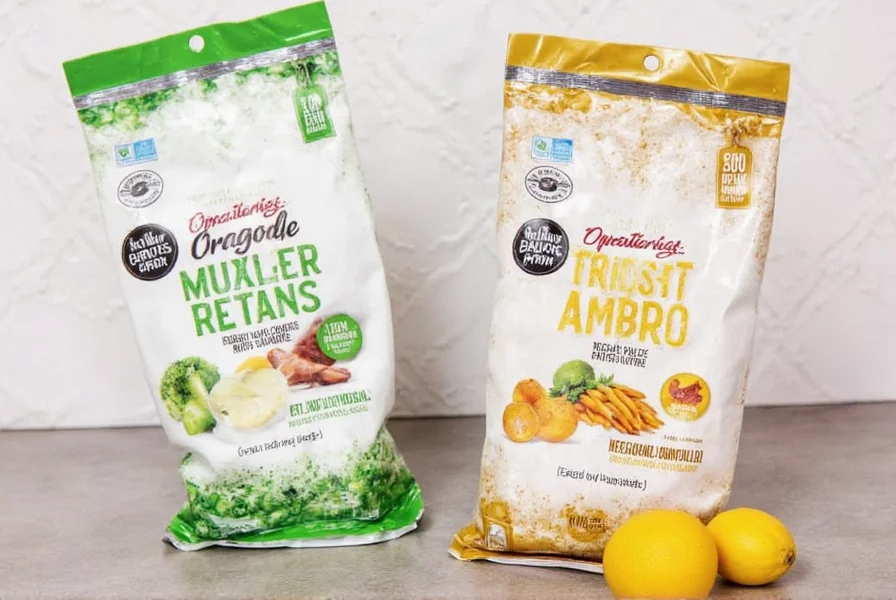
Conclusion
Jerk seasoning mix isn’t just a one-trick pony for summer grilling — it’s a versatile, culturally rich spice blend that deserves a permanent spot in your pantry. Whether you buy it pre-made or craft your own, this vibrant mix brings boldness, heat, and authenticity to every meal.
So go ahead, sprinkle a little island flair onto your plate and let the rhythm of Caribbean flavor dance across your tongue. After all, life’s too short for bland food — and jerk seasoning mix is the perfect antidote.
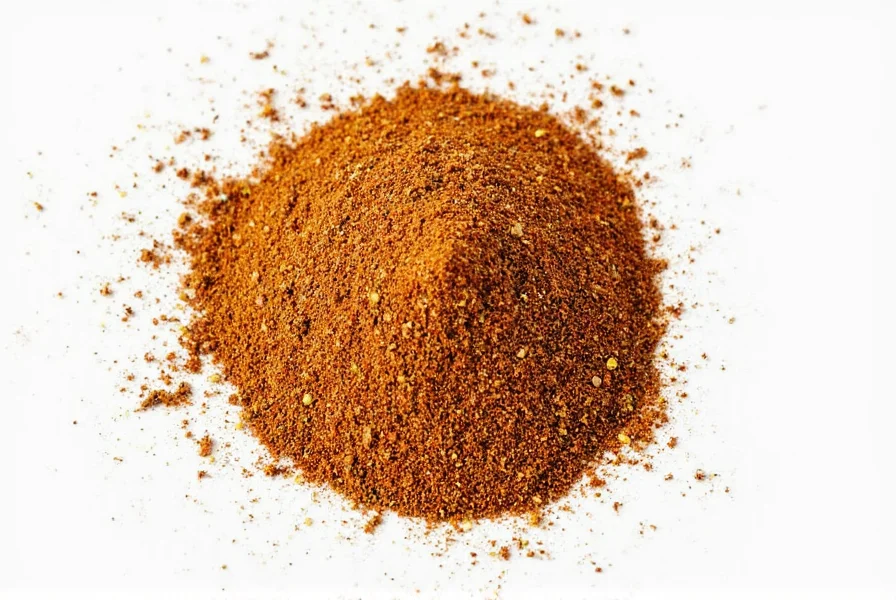

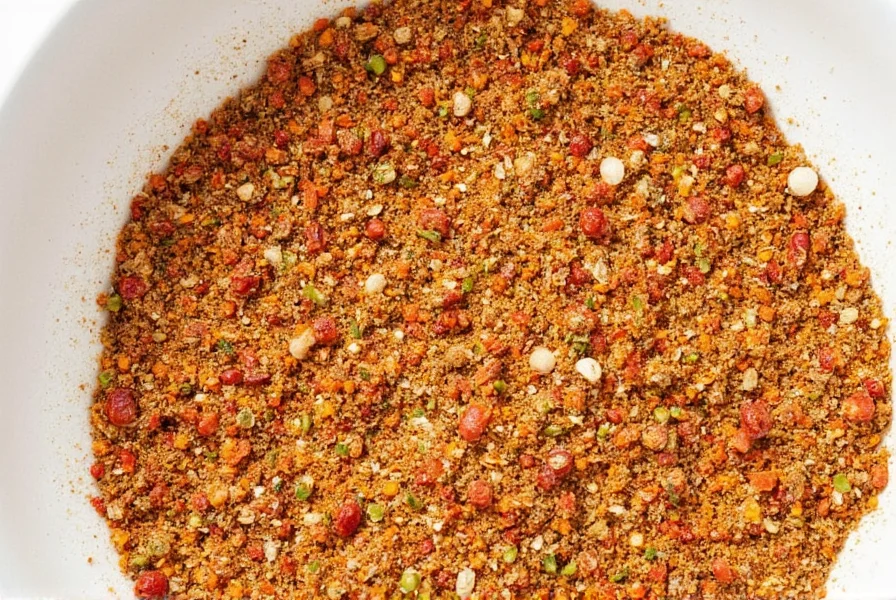









 浙公网安备
33010002000092号
浙公网安备
33010002000092号 浙B2-20120091-4
浙B2-20120091-4